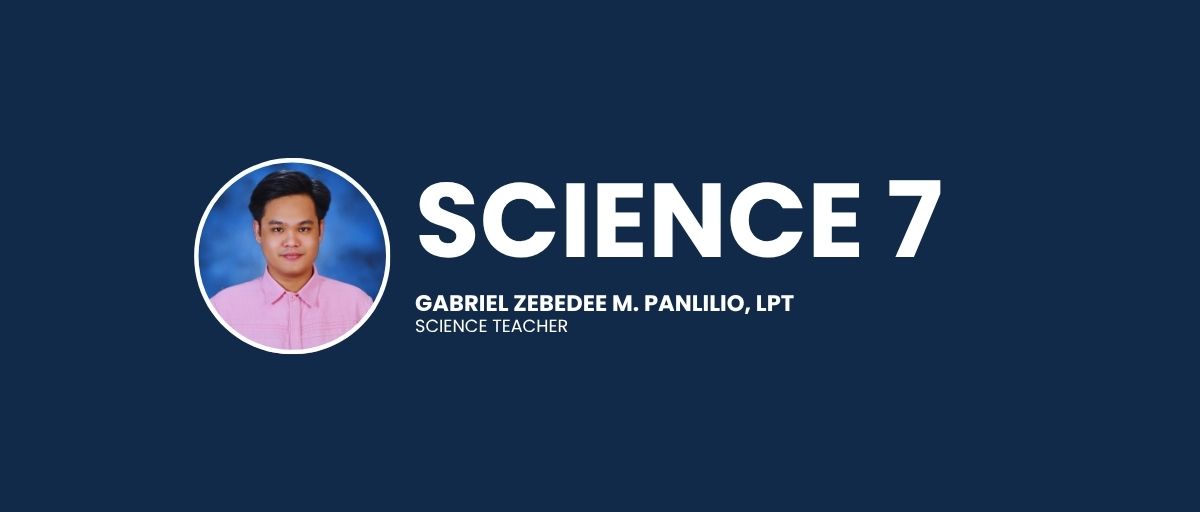Essential Question:
“As a character in your own story, how would you face challenges?”
- Teacher: Jemmer Nama
- Teacher: Patrick John Meneses
In Science 7, you’ll explore the world around you through hands-on and semi-guided investigations. You’ll learn how to tell the difference between mixtures and pure substances, and why it’s important to test the air when you're doing experiments.
You'll get to use a microscope to observe tiny organisms and structures—something you’ve started learning about in earlier grades when you studied how organ systems work in plants and animals. From there, you’ll dive deeper into how living things are organized, from cells to tissues, organs, organ systems, and finally, whole organisms. You'll also see how these organisms form populations and communities, and how they interact with non-living parts of their environment in ecosystems.
When it comes to physical science, you’ll learn how to describe the motion of objects using distance and speed, and you’ll practice showing this information using tables, graphs, charts, and even simple equations. You’ll also explore how different forms of energy move through various materials.
In Earth and space science, you'll discover more about what makes up the Philippines—including its natural resources—and how local weather systems like breezes, monsoons, and the Intertropical Convergence Zone (ITCZ) affect daily life. You’ll find out why we have seasons and even demonstrate how solar and lunar eclipses happen.
By the end of this course, you’ll not only understand key scientific concepts but also be better equipped to ask questions, investigate the world around you, and make sense of how everything is connected.

- Teacher: Jemmer Nama
- Teacher: Katelyn Pangilinan
- Teacher: Carmela Zamar
- Teacher: Dominic Rivera
- Teacher: Ria Grace Navarra
- Teacher: Ria Grace Navarra
